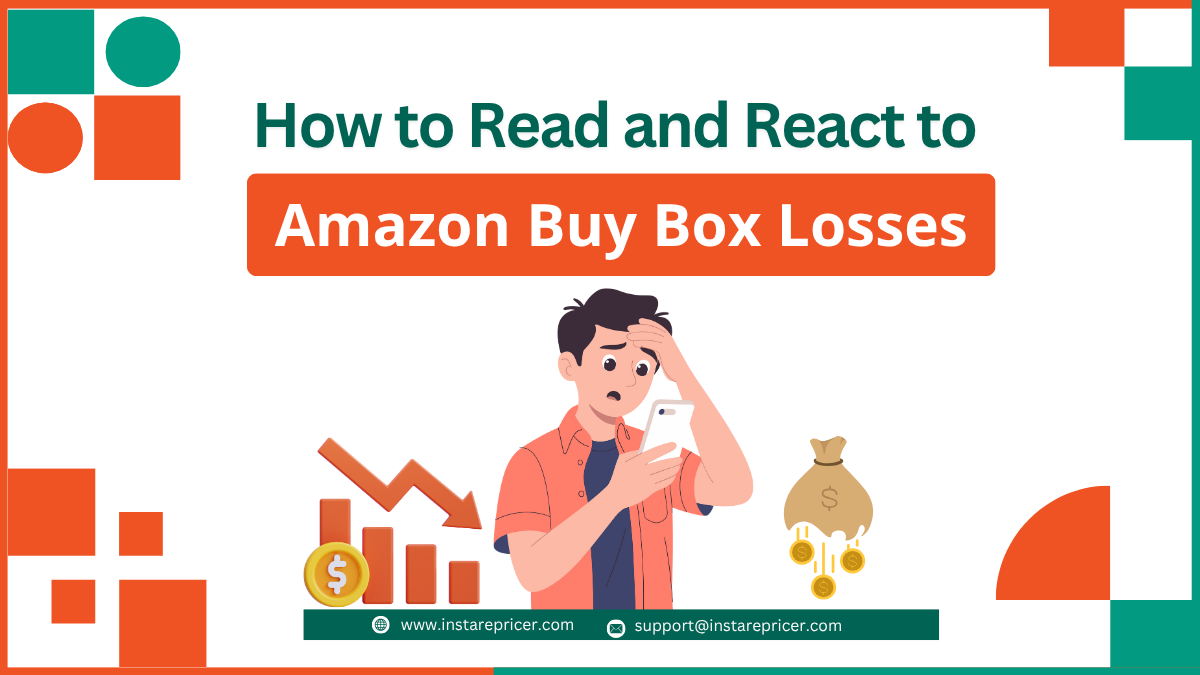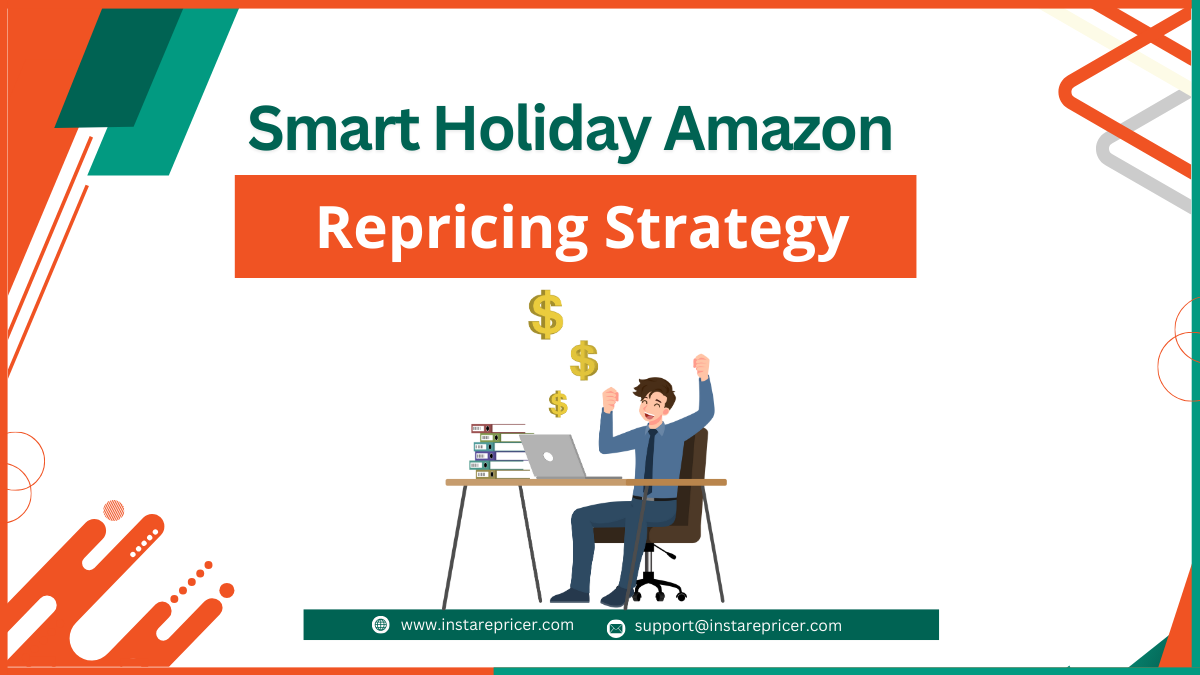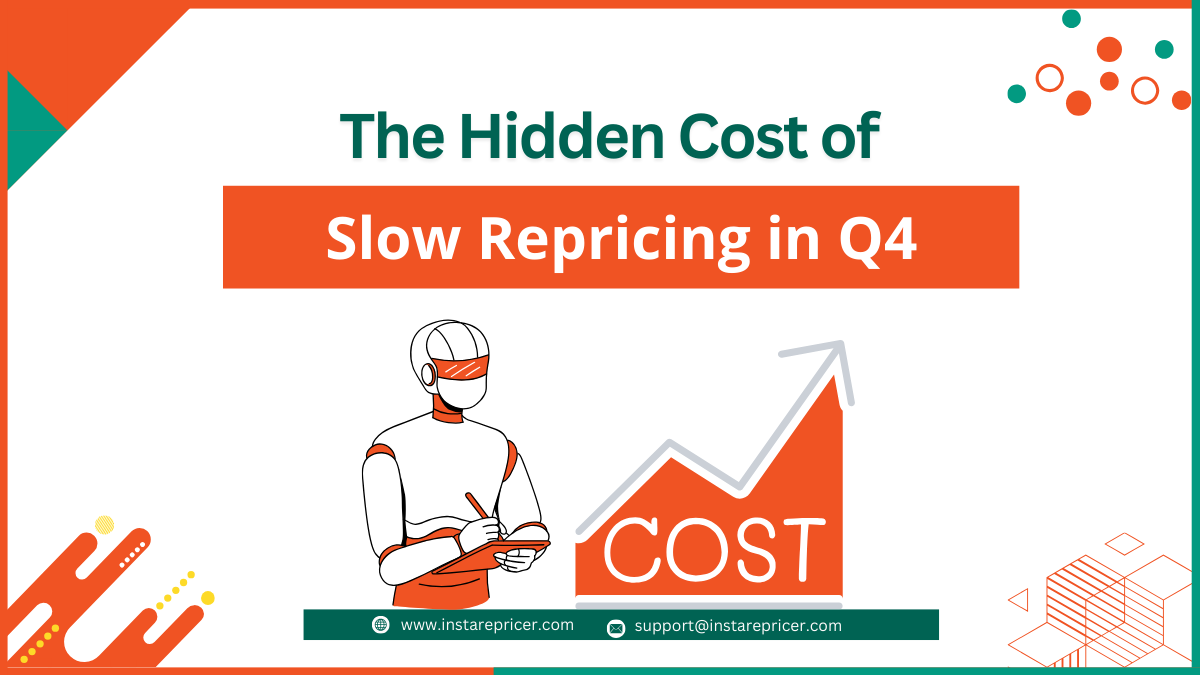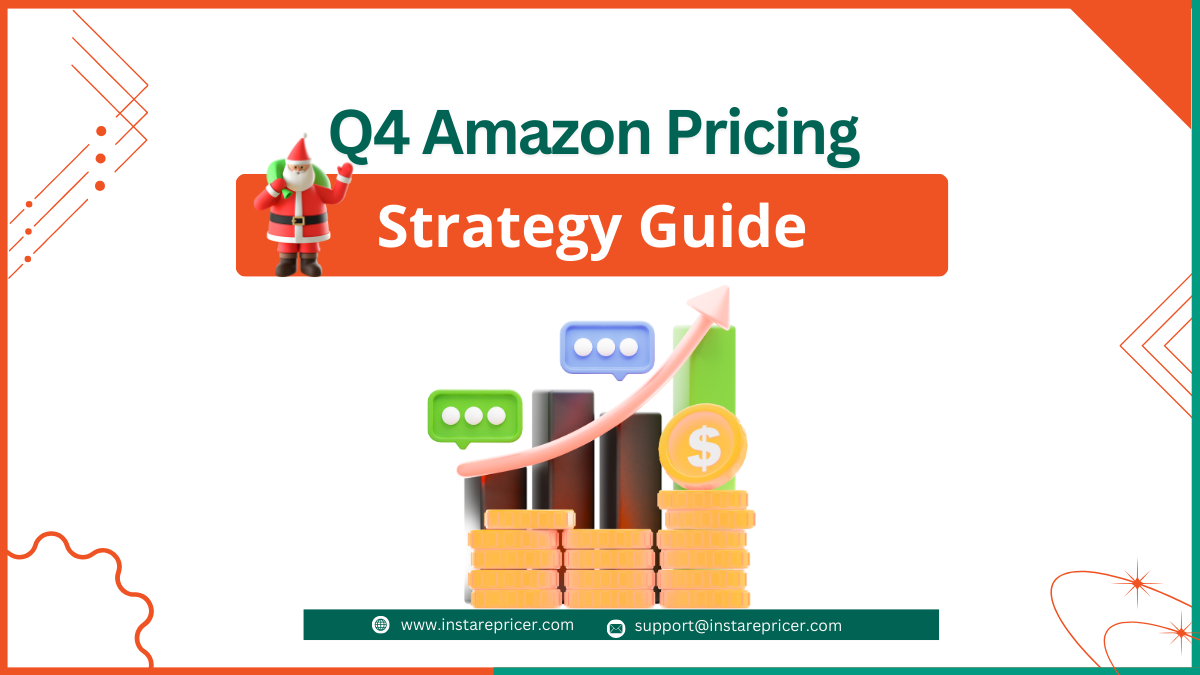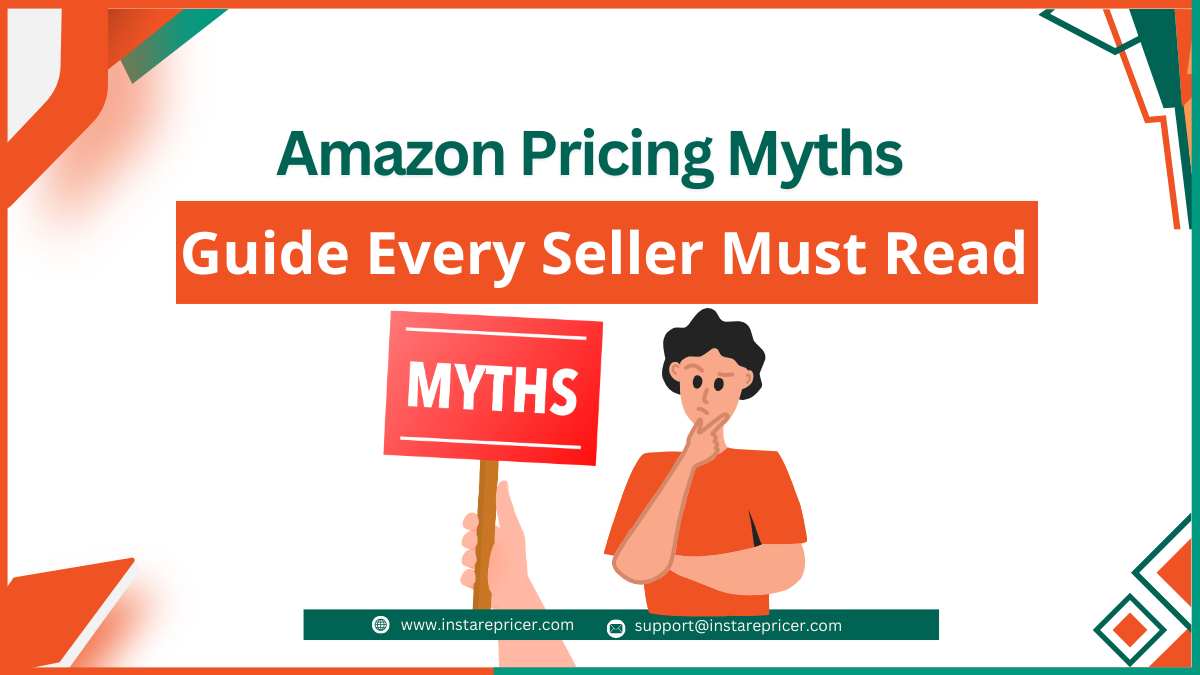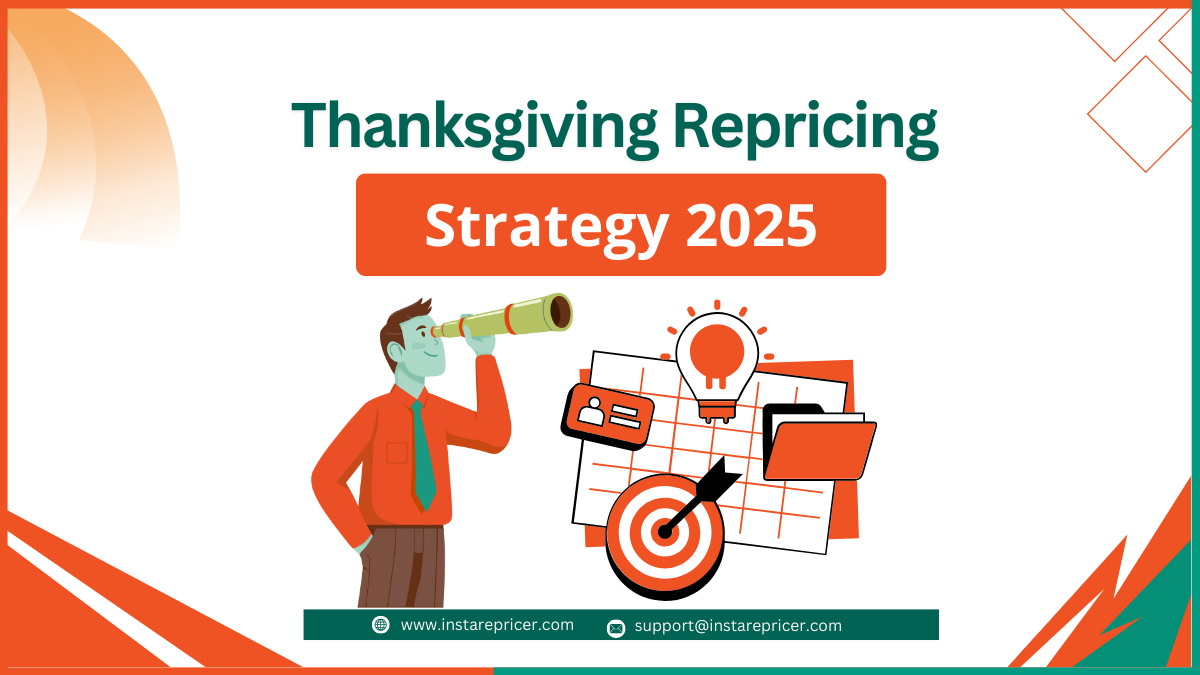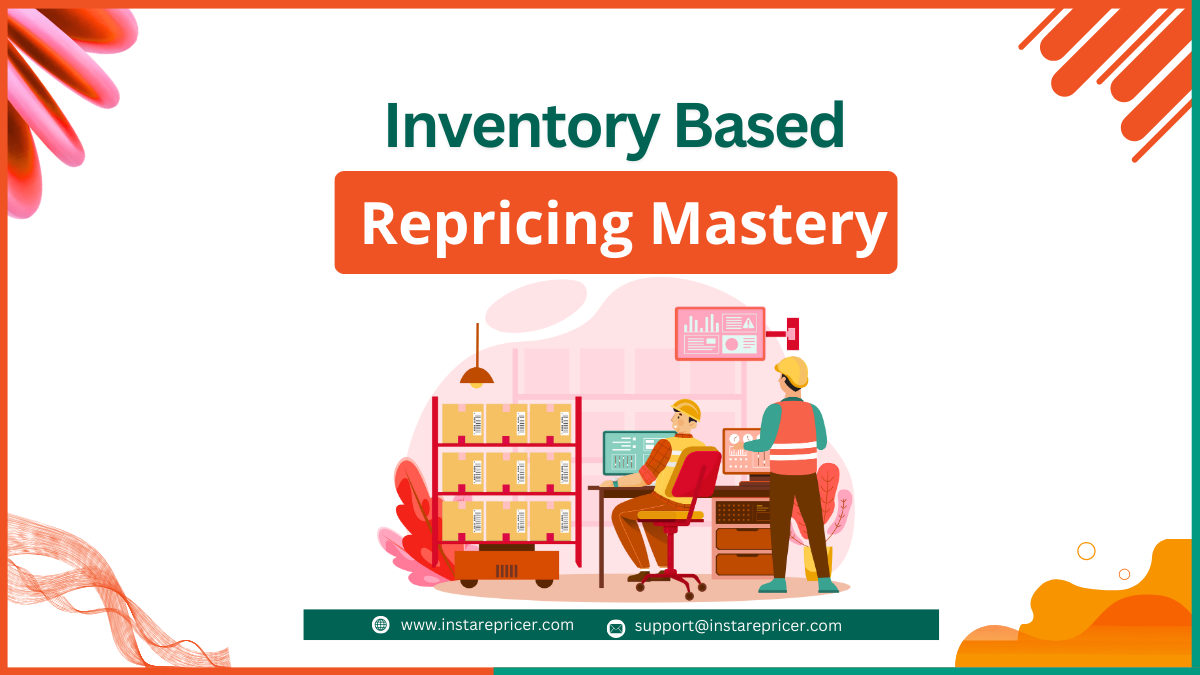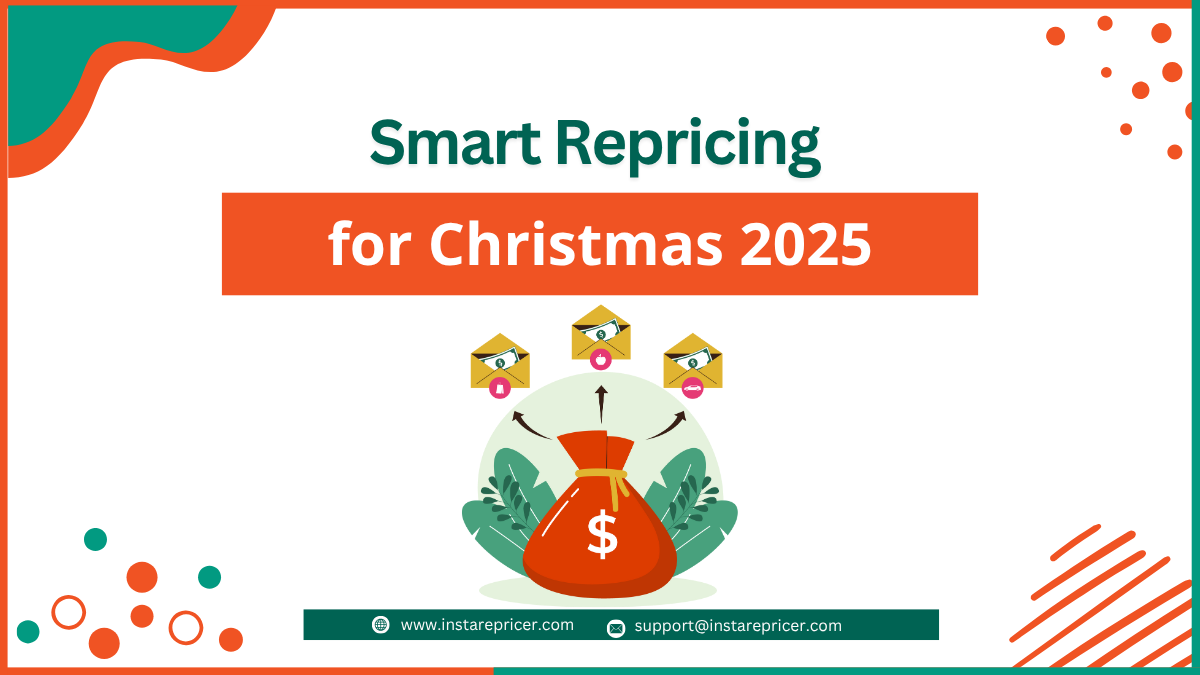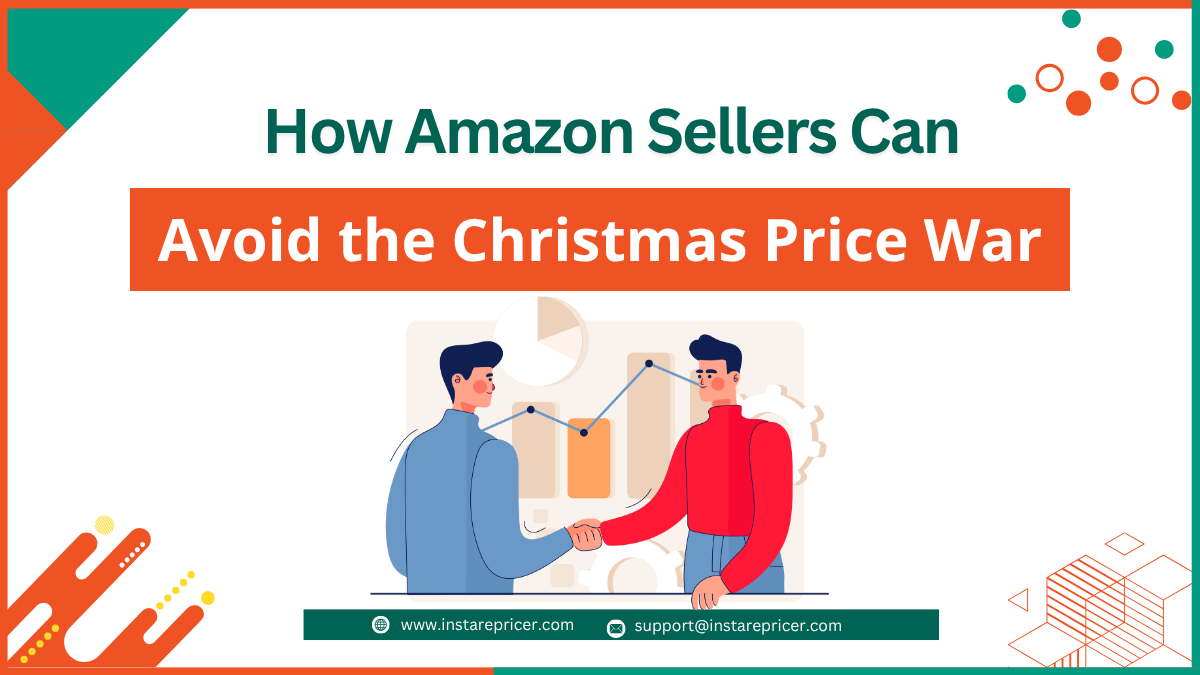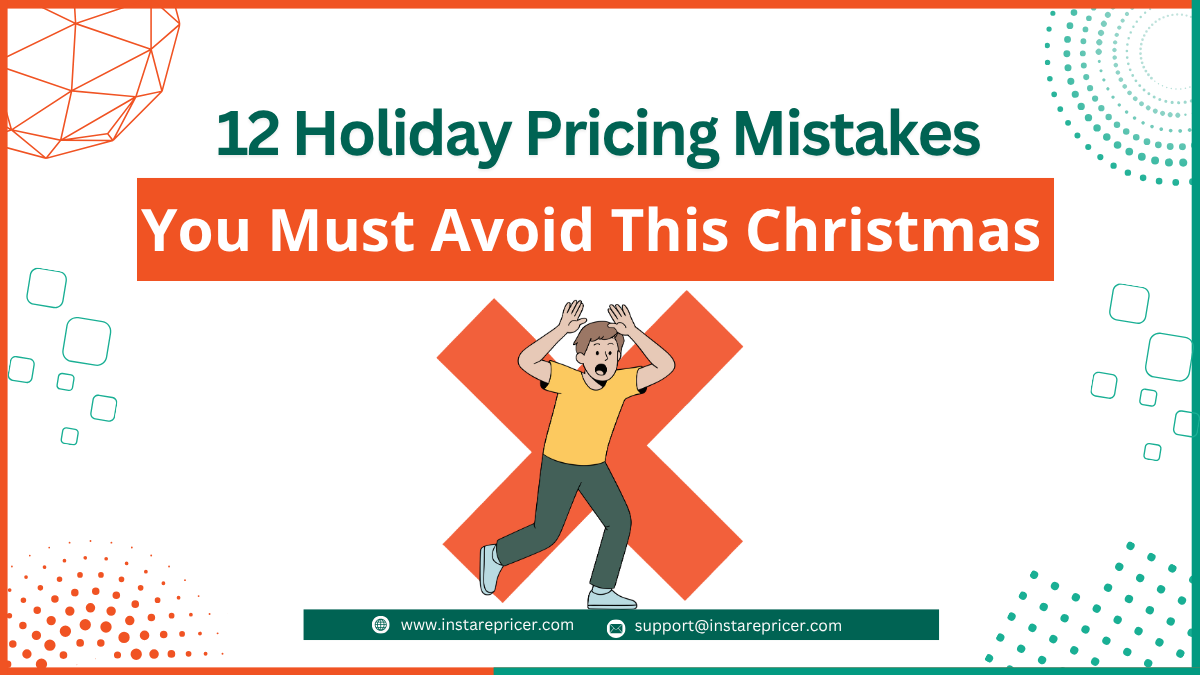Introduction : Amazon Buy Box Losses
Losing the Amazon Buy Box is one of the most critical challenges Amazon sellers face today. The Buy Box drives over 80% of Amazon sales, and a temporary loss can quickly translate into significant revenue reduction. But the key insight that most sellers miss is this: Buy Box loss is not permanent it’s actionable data. This article explores the technical, performance-driven, and strategic aspects of Buy Box loss, demonstrating how sellers can leverage data and automation to recover efficiently and sustainably.
Understanding Why Amazon Buy Box Loss Occurs
Amazon’s Buy Box algorithm considers multiple dynamic factors when awarding the coveted position. Understanding these factors is essential for a professional approach to recovery:
| Factor | How It Impacts Buy Box | Actionable Insight |
|---|---|---|
| Price Competitiveness | Amazon favors offers with competitive landed prices | Adjust pricing using automated repricers |
| Fulfillment Method | FBA offers higher priority than FBM | Consider FBA or hybrid fulfillment for key SKUs |
| Seller Performance Metrics | High Order Defect Rate or late shipments reduce eligibility | Monitor ODR, response time, and returns closely |
| Inventory Levels | Low stock decreases Buy Box rotation likelihood | Maintain sufficient inventory buffers |
| Product Listing Quality | Poor descriptions or missing details reduce rotation | Optimize product titles, images, and bullet points |
By analyzing these areas systematically, sellers can identify the root causes of Buy Box loss rather than reacting randomly.
Quantifying the Impact
To understand the practical effect of Buy Box loss, consider a hypothetical scenario:
- Seller A (Manual Response): Updates prices sporadically, reacts to competitor changes slowly. Buy Box win rate drops to 40%, resulting in lost sales and reduced visibility.
- Seller B (Automated Repricing): Implements rules-based dynamic repricing. Buy Box win rate recovers to 74% within hours, sustaining sales momentum without manual oversight.
The contrast highlights the importance of automation in responding to real-time marketplace dynamics.
Performance Factors Impacting Buy Box Win Rate
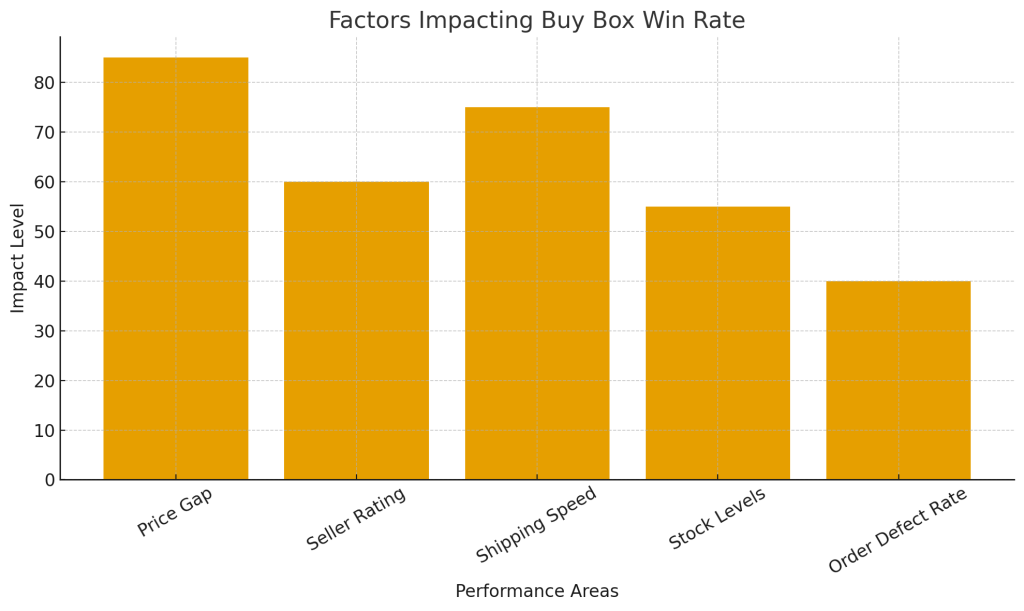
The graph above illustrates key performance areas influencing Buy Box rotation, emphasizing the high impact of price, shipping speed, and seller rating.
Strategic Response to Buy Box Loss
1. Data-Driven Pricing
Automated repricing tools allow sellers to adjust prices dynamically based on live competitor activity. Instead of relying on manual updates, automation ensures:
- Minimal lag in response to competitor price changes
- Maintenance of profit margins using floor and ceiling prices
- Rapid re-entry into Buy Box rotation
2. Fulfillment Optimization
Amazon’s algorithm favors sellers offering fast, reliable fulfillment. By improving shipping speed and reliability through FBA or optimized FBM sellers can regain algorithmic favor and improve Buy Box rotation.
3. Performance Metrics Monitoring
Sustained Buy Box eligibility requires maintaining high performance standards:
- Order Defect Rate <1%
- Late Shipment Rate minimal
- Positive customer feedback consistently
Automated tools can provide alerts and dashboards to track these metrics proactively.
4. Inventory Management
Stock-outs and low inventory directly correlate with reduced Buy Box visibility. Advanced sellers leverage predictive analytics to maintain optimal stock levels and avoid rotation gaps.
Integrating Automation for Rapid Recovery
Professional-grade repricing platforms like InstaRepricer combine AI-driven monitoring and dynamic pricing to recover Buy Box positions efficiently. Key advantages include:
- Real-time competitor tracking
- Instant price adjustment aligned with predefined rules
- Optimization of Buy Box rotation without manual oversight
- Protection of profit margins during competitive fluctuations
Automation converts Buy Box loss from a reactive problem into a proactive strategy.
Beyond Repricing: Continuous Improvement
Buy Box management extends beyond pricing adjustments. Sellers should consider:
- Product Page Optimization: High-quality images, keyword-rich titles, and bullet points improve algorithmic favorability.
- Customer Experience: Rapid responses, efficient returns, and proactive service maintain performance metrics.
- Competitive Analysis: Continuous monitoring of competitor behavior informs both repricing and marketing strategy.
This holistic approach ensures that Buy Box eligibility is sustainable and aligned with long-term growth objectives.
Case Study: Practical Insights
A mid-sized Amazon seller experienced a 35% drop in Buy Box share over two weeks due to aggressive competitor pricing. Manual attempts to correct pricing were slow and resulted in reduced margins. After implementing an automated repricer:
- Buy Box win rate increased from 40% to 72% within one day
- Inventory turnover improved due to dynamic price adjustments
- Manual labor hours decreased by 75%, freeing the team to focus on marketing and product expansion
This real-world example illustrates how combining technical strategy, automation, and performance monitoring produces measurable results.
Conclusion
Amazon Buy Box loss is a signal, not a dead end. By systematically analyzing causes, applying data-driven pricing, optimizing fulfillment, maintaining high seller performance, and integrating AI-powered automation, sellers can recover quickly and maintain competitive advantage.
The modern Amazon marketplace rewards proactive strategy. Automation tools, like InstaRepricer, transform Buy Box management from reactive firefighting into continuous optimization. Sellers who adopt this approach not only recover lost sales but also position themselves for scalable, long-term growth.

